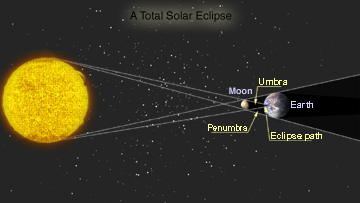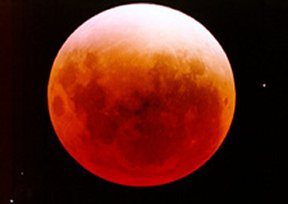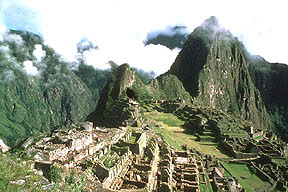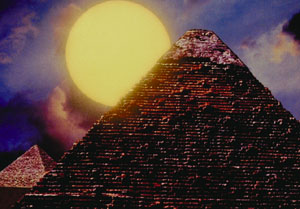Click on image for full size
Windows to the Universe original image
Related links:
Recent and Future Solar Eclipses
Video webcast from Africa of the March 29, 2006 total solar eclipse
Last Eclipse of the 20th Century
Here is an image of the eclipse taken by F. Diego of University College, London
Here is a movie of the (partial) eclipse as seen from the Yohkoh spacecraft soft X-ray telescope (218K Mpeg). Movie credit
Solar Eclipses
An eclipse of the Sun occurs when the Earth passes through the Moon's shadow. A total eclipse of the Sun takes place only during a new moon, when the Moon is directly between the Sun and the Earth and is positioned just right to cast a shadow on the Earth.
When a total eclipse does occur, the Moon's shadow covers only a small portion of the Earth, where the eclipse is visible. As the Moon moves in its orbit (at 1 km/s), the position of the shadow changes, so total solar eclipses usually only last a minute or two in a given location.
In ancient times, people were frightened by solar eclipses (even back then people realized that the Sun was essential to life on Earth). Now eclipses are of great interest to the public and to solar astronomers. Eclipses provide an opportunity to view the Sun's outer atmosphere, the solar corona.
Because eclipses occur infrequently, solar astronomers have built special instruments called coronagraphs to view the Sun. Coronagraphs block out ("occult") the light coming from the photosphere, allowing the light scattered from the corona to be viewed.
If you ever get to view a solar eclipse, make sure to never look at the Sun directly! Always use one of these safe techniques.















